#1980s
Rare Rides Icons: The History of Imperial, More Than Just a Car (Part XXII)
Today we reach the 22nd and final installment in the Imperial series. In our last edition, we reviewed the development and birth of the final production car to wear the Imperial name: The super-extended K-car platform known as the Y-body. Lee Iacocca was keen on the idea of a full-size luxury sedan for the elderly customer, but Chrysler had neither the resources nor the platform to do it properly. Thus the Y-body appeared, and its angular and pencil-thin shape went on sale in 1990 alongside the similarly lengthened Chrysler New Yorker Fifth Avenue. Speaking of angles, let’s talk about that sweet money-saving clip swap action.
Abandoned History: The Chrysler UltraDrive Transmission (Part I)
The recent Rare Rides Icons post on the 1990 Chrysler Imperial Super-K Gingerbread Cookie Edition generated a few comments not only about the subject in question but its four-speed UltraDrive transmission. It seems more than one of you wants a discussion – no – an essay on the UltraDrive. Wish granted! Here we go.
Rare Rides Icons: The History of Imperial, More Than Just a Car (Part XXI)
We find ourselves at the final two installments of the long-running Imperial series today. It’s been almost six months since the first Imperial entry, when a new model was dreamt up by Chrysler’s founder as competition for the likes of Pierce-Arrow and Studebaker. The Imperial name outlived most of the Twenties competition it was designed to beat, though along the way it drifted both nearer and further to the original mission. The concluding entrant into the Imperial lineage was definitely the weakest ever. K-car time, commence!
Junkyard Find: 1985 Ford Escort GL Wagon
Remember the era, around the middle of the 2010s, when we were all supposed to desire a brown station wagon with a manual transmission (or mock those who liked brown wagons after it was cool)? Well, today’s Junkyard Find is just that!
Abandoned History: Chrysler and the Colt, Captive Economical Import Time (Part VII)
We arrive at the end of our Dodge Colt journey today. Colt started in 1971 as a cooperative program to provide Mitsubishi with a sales outlet in North America, and Chrysler with a compact and fuel-efficient car it didn’t have to design or build. Over the years the Colt evolved with the needs of the consumer and branched out into several different body styles.
Eventually, the tides shifted. Mitsubishi established their own dealerships in the United States (but not Canada) and started selling identical cars as were on Dodge/Plymouth dealer lots. Then, as Eagle came into being it also needed product to sell. Chrysler turned Eagle into its de facto outlet for imports and Mitsubishi cooperative products: Colts of regular and wagon persuasion became Eagles called Vista and Summit, in addition to their Dodge and Plymouth twins.
Last time we left our tale it was the dawn of 1993, and Colts were badged at Eagle dealers as a new generation of Summit. The Vista Wagon name was dead, now called Summit Wagon. Dodge, Plymouth, and Eagle dealers had an exciting new Colt as well! But it didn’t last long.
Rare Rides Icons: The Toyota Cressida Story (Part IV)
We’ve come to the end of our Cressida journey, and the short-lived fourth generation. Conservative and staid as ever, Cressida’s final entry was squeezed out of the lineup from above and below: The crushing weight of Lexus came down upon the late Eighties Cressida shortly after its introduction, while Camry smashed it from below. Put on your Urban Sombrero and let’s go.
Rare Rides Icons: The History of Imperial, More Than Just a Car (Part XX)
Here we are, the 20th installment of the Imperial series. We’ve covered the Imperial’s inception as a coach-built car for the wealthy, through its Fifties rebirth as an independent brand with hand-built quality that rivaled the best luxury car makers had to offer. From there Imperial’s tale was ups and downs (mostly downs) as Chrysler’s luxury arm continually found itself less independent, and more tied to the New Yorker.
But after its sad Seventies cancellation, it was time for an Eighties rebirth under the direction of CEO Lee Iacocca. He was determined to make the best, most exclusive American personal luxury coupe money could buy. To date we’ve learned about the angular bustle back exterior, the J-body Cordoba platform underneath, and the Cordoba-plus leather-lined interior, by Mark Cross. Today we continue with Iacocca’s close personal friend, Frank Sinatra (or ‘FS’ if you’re talking badges.)
Abandoned History: The Current Buick Logo, Just One of Many (Part II)
There has been much speculation over the past week regarding General Motors’ trademark application for a new Buick logo. Likely related to a swath of new EVs on the horizon (but not yet confirmed), the news fired up the old Abandoned History thought box. Why not take a look at all of Buick’s past logos? We began yesterday in 1903, and pick up today in 1942.
Abandoned History: Chrysler and the Colt, Captive Economical Import Time (Part VI)
We rejoin the world of the Colt today, specifically the lineup on sale at various Dodge, Plymouth, and now Eagle dealers in the United States and Canada in the early Nineties. The addition of Eagle to Chrysler’s brand portfolio for the 1988 model year had a direct effect on the future of Colt: Almost immediately the Colt sedan was drafted onto the Eagle team, where it became the more expensive Summit.
Remaining as Colts in the US in 1990 were the hatchback and the dated Colt Vista and wagon. Canadians were offered the contemporary Colt sedan and hatchback, while the Colt Vista was sold over the border as the Eagle Vista Wagon. The Vista Wagon was accompanied in Canada by the old Colt sedan from the mid-Eighties, branded as Eagle Vista sedan and offered only as a very basic vehicle. We pick up at the beginning of the 1991 model year.
Rare Rides Icons: The Toyota Cressida Story (Part III)
Today we find ourselves in the third installment of Toyota Cressida coverage. The first Cressida bowed in 1978 with curvy European styling influences and was a more luxurious take of the Corona Mark II with which North American consumers were already familiar. After a short run from 1978 through 1980, a second-generation Cressida was introduced for ’81. It pursued a much more traditional three-box sedan shape, and looked quite Japanese despite marketing statements about how it was “European looking.”
Under the conservative shape were a number of whiz-bang electronic features, all applied to an interior that was redesigned solely for the American market Cressida. The second Cressida was more successful than the first, and new tech features like electronic fuel injection made it more desirable. After another short model run from 1981 to 1984, it was time for the third generation Cressida. The new one in 1985 was even more conservatively styled than the two that came before it. Say hello to X70.
Rare Rides Icons: The Mitsubishi Diamante Story (Part IV)
Last time on our Diamante coverage, we learned about the near-luxury sedan’s somewhat delayed introduction to America. In the two-year translation from a Japanese market car to an American one, Diamante lost the majority of its interesting and advanced tech features and adopted a cheaper suspension design. Today we’ll find out what happened when Mitsubishi pitched the new and de-contented Diamante against the Lexus ES 300.
Rare Rides Icons: The Mitsubishi Diamante Story (Part III)
Today is the third installment in our coverage of the Mitsubishi Diamante, the Diamond Star brand’s only luxury offering ever sold in the North American market. Part I introduced us to the Diamante via the Sigma. That fancy hardtop Galant gave way to the Diamante in 1992, based on an extended length Galant platform. The second-generation hardtop sedan and its wagon counterpart were finished for 1995 on dealer lots, though fleet buyers (which fleets though?) had a Diamante available to them in 1996. In 1997, Mitsubishi was back with an all-new Diamante and aimed even higher than it had before.
Rare Rides Icons: The History of Imperial, More Than Just a Car (Part XIX)
We return to our Imperial series again today, and the third installment on the all-new personal luxury coupe Lee Iacocca launched in 1981 to resurrect the historical Imperial name. Unlike every other Imperial to date, the new one was available only in two-door coupe guise. The new car had the dual mission of bringing luxury car credibility back to Chrysler, and grabbing some high margin luxury coupe sales from GM and in particular, Lincoln and the Continental Mark VI. We’ve covered the exterior and the underpinnings, so today we slide into the interior, which is most definitely not covered in Rich Corinthian Leather.
Rare Rides Icons: The Mitsubishi Diamante Story (Part II)
In Part I of our Rare Rides Diamante coverage, we talked almost exclusively about our subject’s predecessor, the Sigma. Alternatively called Galant Σ, it was a hardtop luxury version of the standard Galant offered in the US market. It was dated when it arrived, too small, and not differentiated enough from the Galant to warrant its high price. U.S. customers mostly ignored it, and Canadians never knew it existed since they didn’t receive any Mitsubishis until 2002. Headed into the Nineties, Mitsubishi had no upscale sedan offering at all in North America, as the Galant was the firm’s largest car. That changed in 1992 with the arrival of the all-new Diamante.
Rare Rides Icons: The Toyota Cressida Story (Part II)
In Part I of this series we were introduced to Toyota’s Cressida, aka Mark II in almost every other market. A “new” model for the North American market, Cressida picked up where the Corona Mark II left off. The main reason behind the branding change was that Cressida had greater upmarket intentions than the Mark II. When it arrived for 1978 in North America, Cressida wore entirely different styling to its predecessor: Upright, formal shapes replaced the faster-looking curves of the Mark II. The conservative mid-sizer wore a Euro-inspired visage with many Jaguar cues, and the rest of the styling was a mixed bag of American and Japanese flavors.
But the first generation was not long for the world, and after just three model years Toyota released an all-new Cressida. This second edition stuck much closer to Toyota’s typical three-box playbook and added Eighties technology into the bargain. Time for X60.





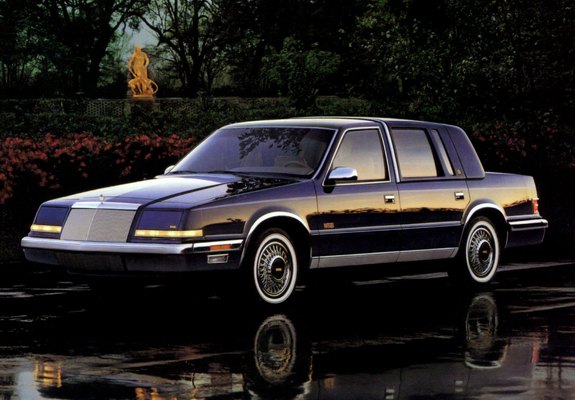


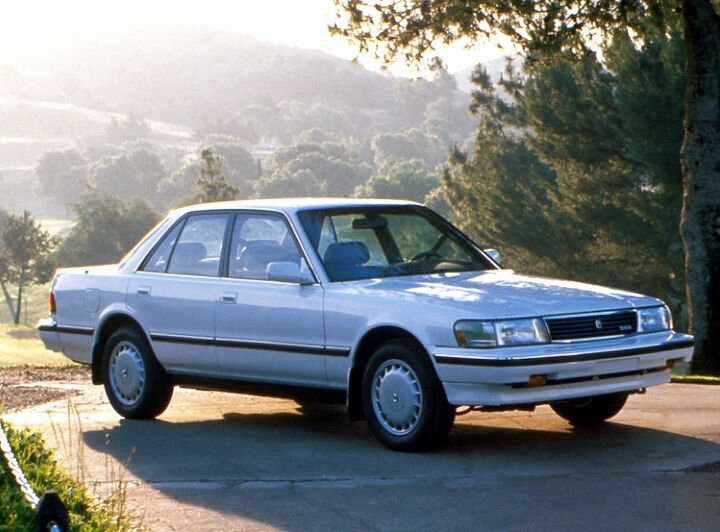
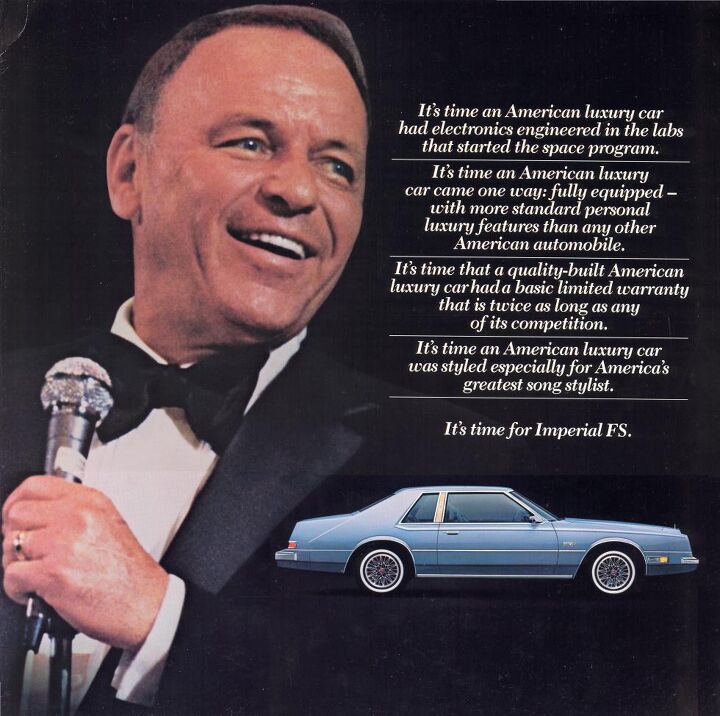
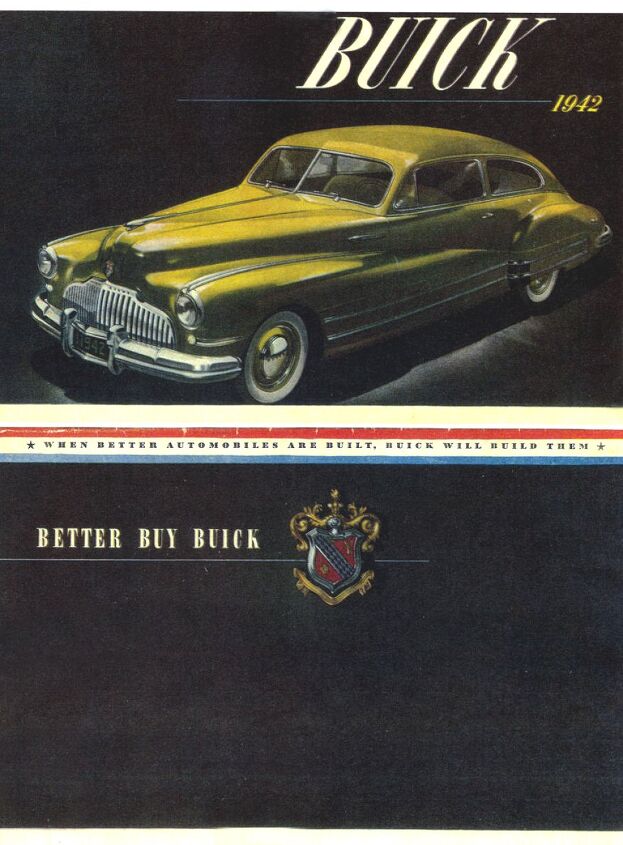
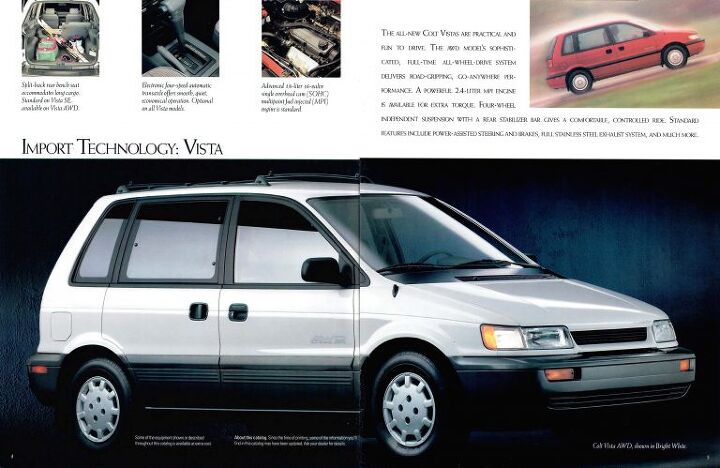


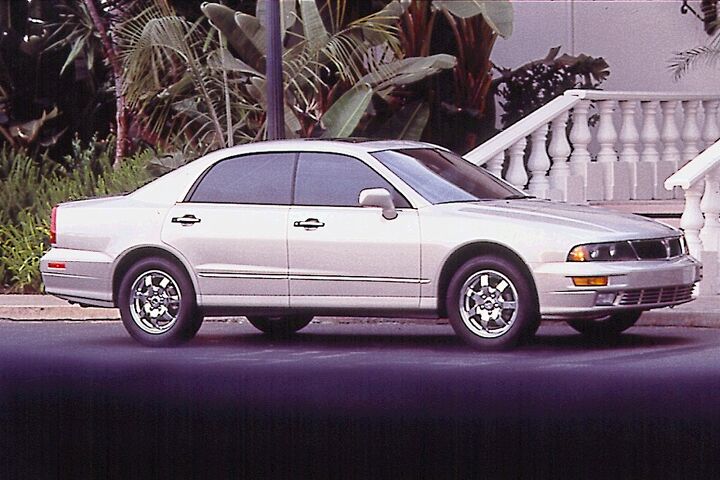















Recent Comments